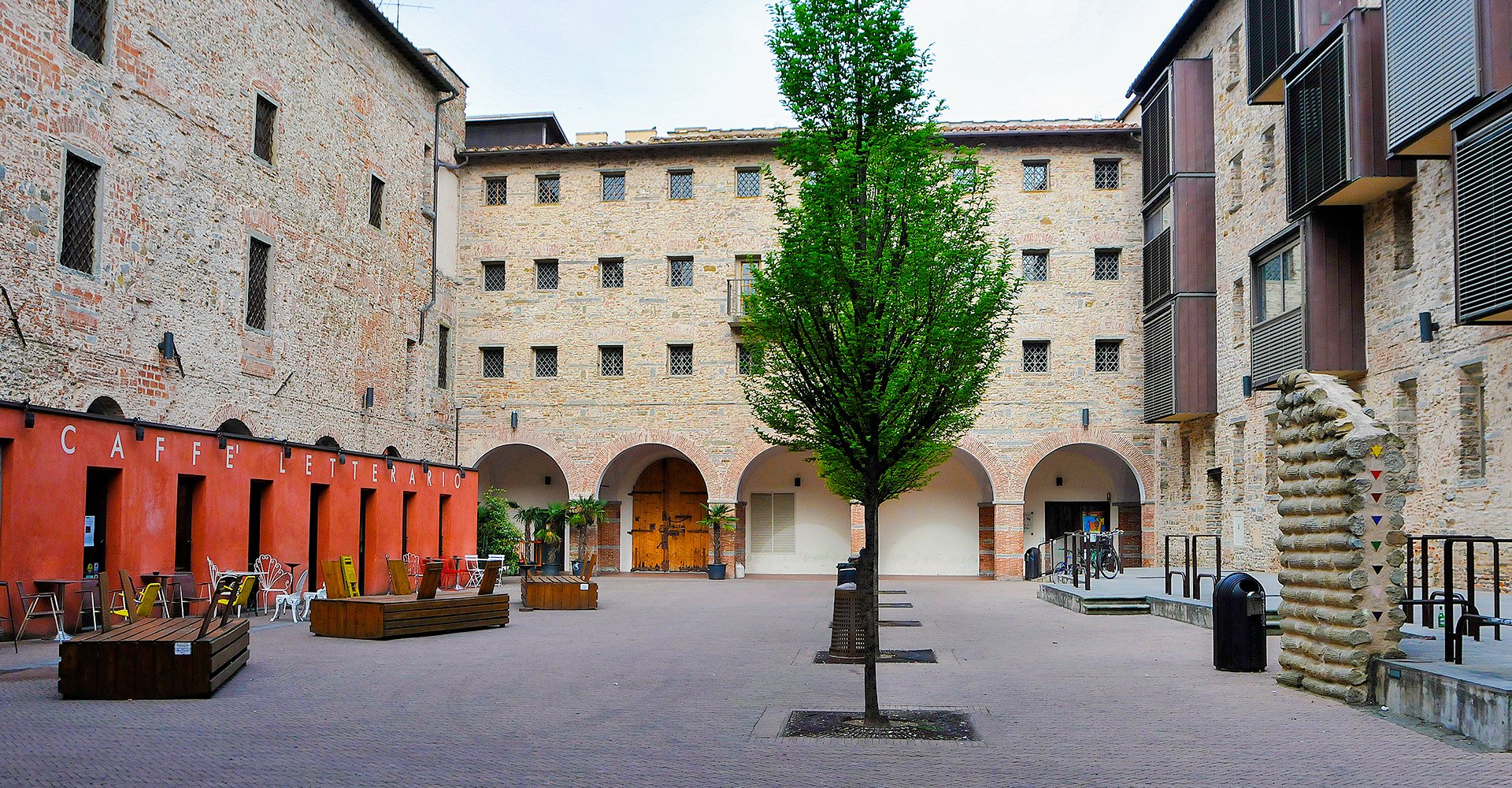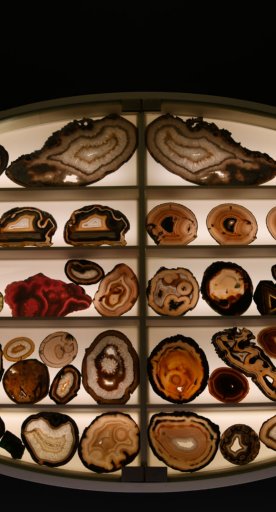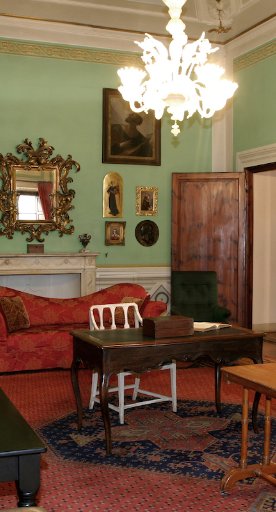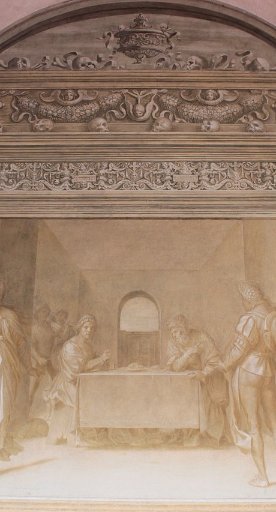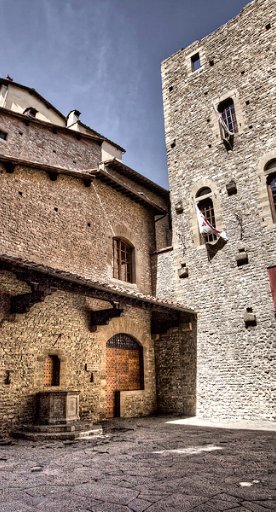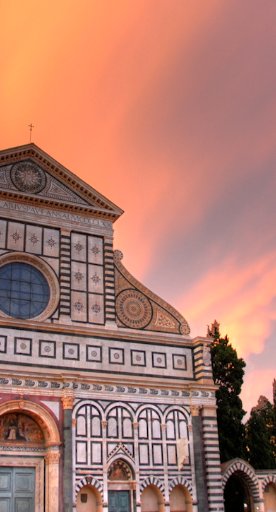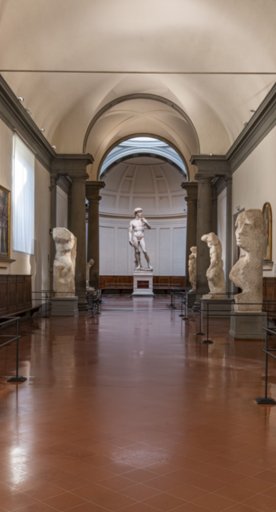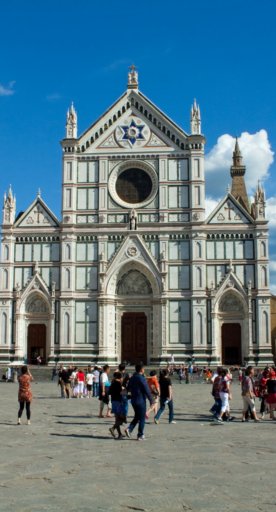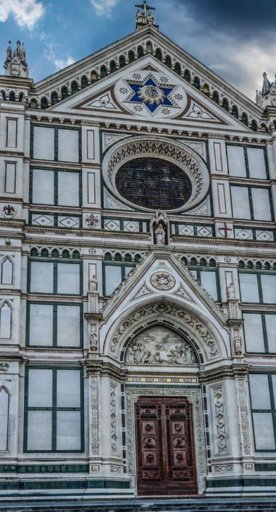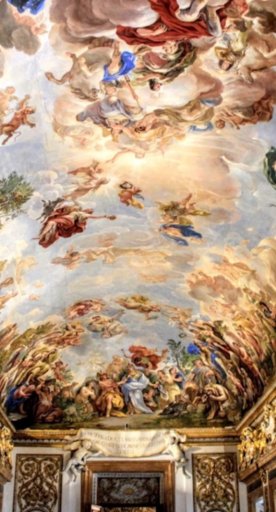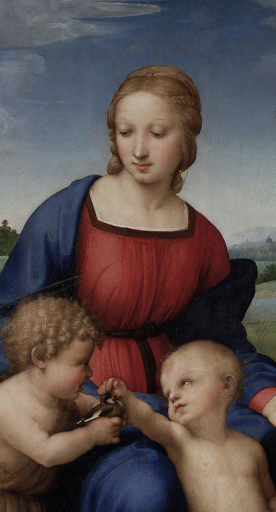Le Murate of Firenze
First a convent, then a prison and now a recreational and living space renovated based on a project by Renzo Piano
The monumental complex of Le Murate is located in Florence in the area between Santa Croce and the boulevards near Piazza Beccaria. It occupies a large rectangle (about 14,500 square meters) whose high walls contain both recreational and commercial spaces as well as homes and offices.
Originally, it was a 15th-century convent dedicated to Santissima Annunziata and Santa Caterina, inhabited by cloistered nuns who were referred to as "walled". Then, for the hundred years from 1883 to 1985, it was the prison in Florence.
Today, it's a lively urban space redeveloped according to a project by the architect, Renzo Piano.
The two squares (piazza delle Murate to the east, and piazza della Madonna della Neve to the west), are lovely meeting points for those who want to enjoy a pizza or an aperitivo in a historic structure that's equally interesting for its contemporary vibe.
Le Murate also hosts exhibitions thanks to MAD (Murate Art District) that uses the places previously occupied by the old convent to carry out various cultural activities such as courses, conferences and events focused on contemporary themes and artistic languages. The magazine space and artist residencies are dedicated to creation, research and training.
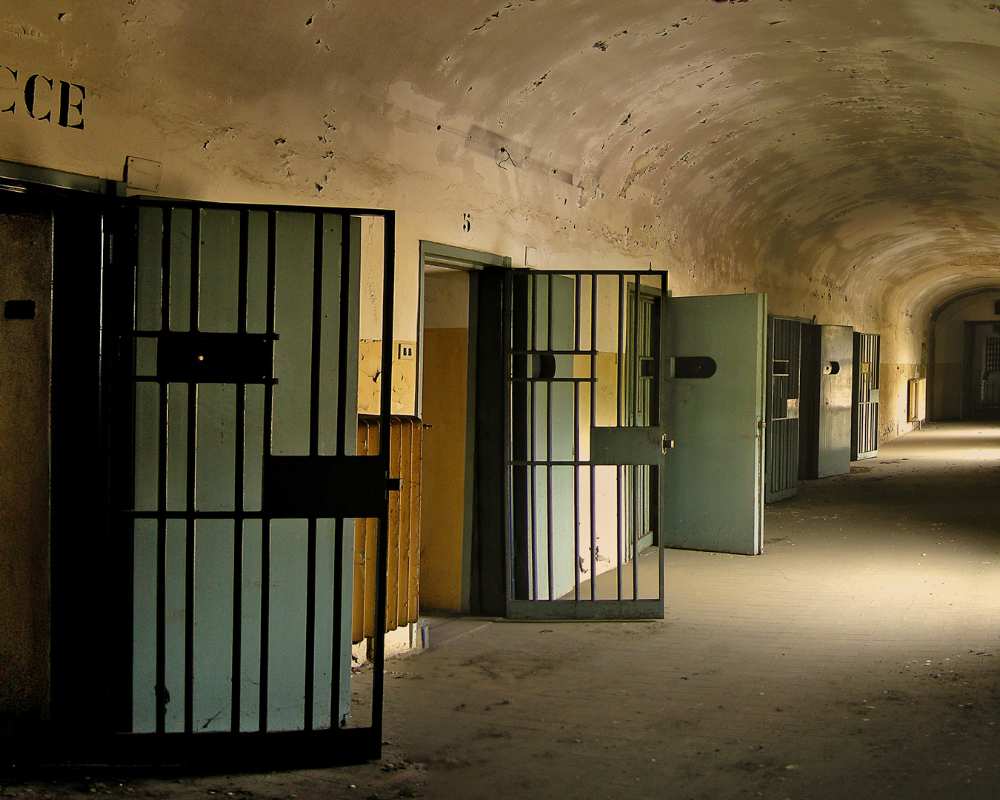
On certain occasions, MAD organizes guided tours inside the Hard Prison, important historical evidence of the Resistance. Visitors can get a close look at the cells where the proponents of the clandestine document “Don't give up!” - the first Florentine opposition to fascism - were detained, among others. Carlo Levi was also taken prisoner here until the day following the fall of Mussolini.
Finally, Le Murate also hosts spaces for start-ups, a large courtyard for parking, and the Chapel of the Madonna della Neve whose facade joins with the highest part of the wall enclosure.
